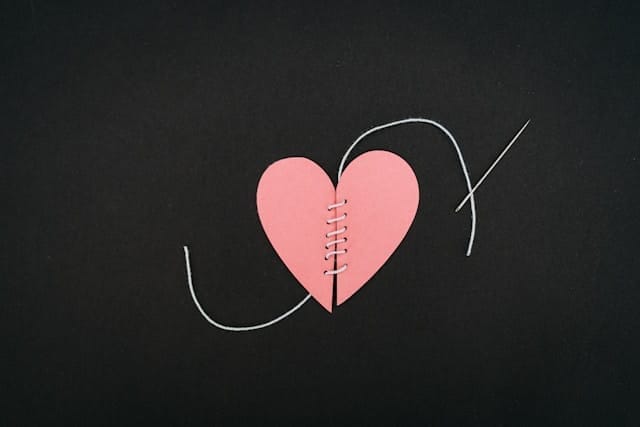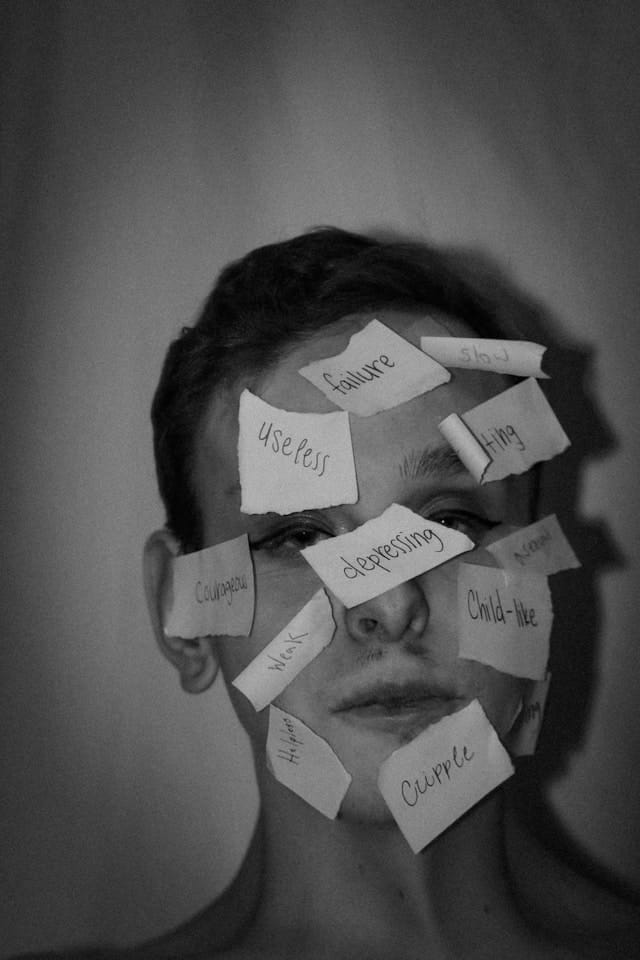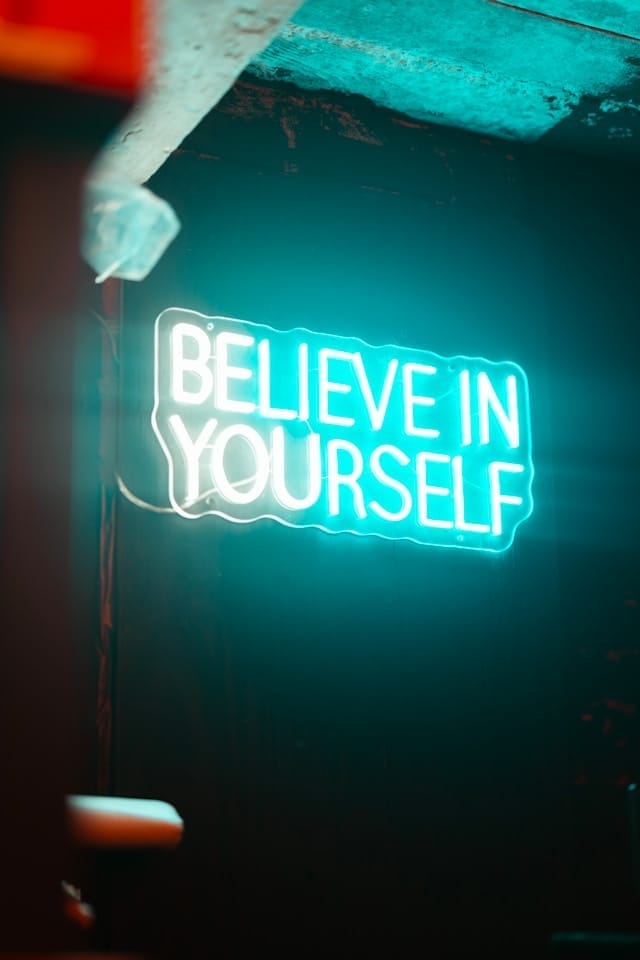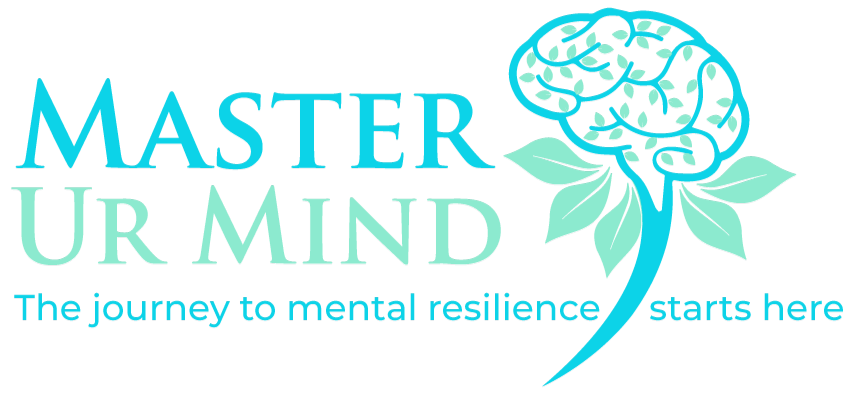The War No One Sees: Understanding Inner Conflict on the Path to Healing
Have you ever caught yourself saying:
“Part of me wants to move forward…”
“…but another part is holding me back.”
That inner tug-of-war is more than confusion. It’s not weakness. It’s not overthinking.
It’s an invisible but very real war — one that I’ve witnessed again and again in clients, and lived myself.
And often, it’s the quietest battles — the ones between you and you — that exhaust us the most.
The Real Root: Healed vs. Unhealed Parts
In my work as a root-cause coach, I’ve come to see this conflict not as indecisiveness, but as a conversation between two parts:
One part is healing. It’s hopeful, curious, and wants to try again.
The other part is still hurting. It remembers the pain, the letdowns, and it’s scared.
This war isn’t a flaw in your thinking. It’s a natural phase of healing — and ironically, it often shows up right when you're making progress.


A Story So Many Carry
One client (let’s call her Mrs j) once told me:
“A part of me misses him deeply. But another part just doesn’t trust anymore.
I feel like I'm betraying myself either way.”
She wasn’t broken. She wasn’t lost. She was simply meeting her next layer of healing.
These moments often arise during:
New relationships
Reconnecting with someone after betrayal
Starting therapy or self-work
Making a big decision or stepping out of an old pattern
Inner conflict doesn’t always speak in words. Sometimes it shows up as:
What This Conflict Feels Like
They don’t mean you're regressing — they mean you're growing.
Physical Signs
Tightness in the chest
Shallow breathing
Fatigue or foggy thinking
Digestive discomfort (gut tension)
Emotional Signs
A push-pull feeling about a decision
Doubt followed by guilt
Emotional numbness or shutdown
Feeling torn or frozen
Mental Signs
Overanalysing or replaying past events
Harsh inner criticism
Inability to “just decide”
Most people try to “fix” the discomfort — rushing into action or giving themselves harsh advice. But that only intensifies the war.

What Helps: Honour Both Voices
Here’s what I teach first:
“Part of me is saying ____________, and another part of me is saying ____________. I honour both.”
This small declaration creates space. It stops the inner blame and makes room for both truths to coexist.
Your unhealed self isn’t wrong. It’s just asking to be acknowledged before it can release its grip.
Your healed self isn’t naive. It’s simply ready for a new story.
By honouring both, you move from pressure to presence.
What Not To Do
It’s tempting to:
Force a decision just to end the discomfort
Shut down the fearful voice as “too dramatic”
Label yourself as “broken” or “too emotional”
But this bypasses the very parts that need your attention most.
Healing doesn’t always feel peaceful. Sometimes, it first feels confusing. And that’s okay.
A Gentle First Step
You might want to try this short journaling prompt:
“Dear hurt part of me, I hear you saying ____. I want you to know… ”
Let the words come without judgment. Even if it’s messy or unclear — you’re giving that part of you a voice.
In my upcoming handbook, I’ll be sharing healing letters like these — ones I’ve used in real sessions that brought emotional release, clarity, and surprising peace.


You’re Not Alone in This War
If you’ve ever felt like two people live inside you — one ready, one afraid — you’re not broken.
YOU ARE HEALING.
And this inner war? It’s not a sign you’re getting worse. It’s a sign that you’re getting close to something that matters.
I’d love to hear from you — What are your two parts saying right now?
Have you experienced this inner conflict? Your story might help someone else feel seen.
Let’s start this conversation — and honour both sides of your healing.
Join Our Healing Circle
Receive healing insights, stories, and resources

